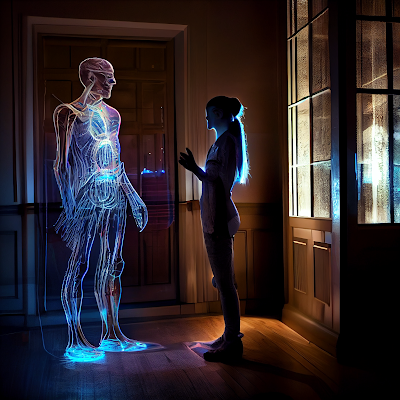The age-old question: Which came first, the chicken or the egg?
Introduction
The question
of whether the chicken or the egg came first is a topic that has been discussed
by scientists, philosophers, and theologians for centuries. This classic
causality dilemma, known as the "chicken and egg problem," remains a
topic of debate today. In this blog post, we will explore the different
theories that attempt to answer this age-old question.
Theory 1: The Egg Came First
According to
this theory, the egg came first. All birds, including chickens, are descendants
of dinosaurs, which laid eggs. Therefore, it is logical to assume that the
first chickens also laid eggs. Fossilized dinosaur eggs have been found that
predate the existence of chickens by millions of years, providing further
evidence for this theory.
Theory 2: The Chicken Came First
This theory
suggests that the chicken came first. Like all living organisms, chickens must
have evolved from a common ancestor. This ancestor would have been a
chicken-like bird that laid eggs but was not yet a chicken. Through the process
of evolution, this bird eventually evolved into the modern chicken.
Theory 3: The Question is Based on a False Premise
From a
biological perspective, it is not possible for one organism to come before the
other. The process of reproduction is cyclical, and both the egg and sperm are
required for fertilization and the development of an organism. Furthermore,
from a molecular biology perspective, the egg and the chicken are not distinct
entities. The egg is the result of a specific development process in the
chicken's reproductive system, and the chicken is the result of development
from the egg.
Philosophical Perspective
The question
of whether the chicken or the egg came first may be flawed from a philosophical
perspective. It implies that there is a first cause or beginning, which has
been debated by philosophers for centuries. Some argue that the concept of
cause and effect is illusory, and that things simply exist in a state of
constant change.
Conclusion











Comments
Post a Comment